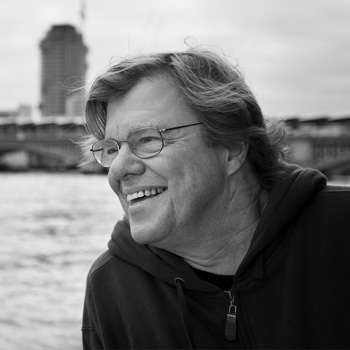Sports Photography: tips for extreme & action sport photoGRAPHY
14.07.2021 | Reading time: 10 minutes
Author: Joe McNally
It might seem a bit odd to talk about professional tripods, and the stability of the camera when photographing the quicksilver, often unpredictable, fast-paced world of sports, but a solid camera support can be crucial. Knowing the camera is locked or stabilized at a position allows the photographer to concentrate on the picture and not have his or her energy and attention drained by hand-holding long glass.
Action Sport Photography
When it comes to action (or extreme) sport photography, a good camera/lens support, such as fluid gimbal heads allow for fluidity of movement, say in a panning action, and ensures the pan is done smoothly. Good panning techniques can be also important skills for action images, depending on the type of coverage. Nothing ruins an attempt at effectively blurring motion more quickly than erratic hand holding at the camera point of view. The slightest interruption or bounce of the camera when panning can easily destroy the intended splendor of the graphics.
Best Photography Equipment for sport photography
Long glass needs support! When two runners are coming at you, and their plane of focus is constantly changing, it’s a lifesaver to be steady. The graphics of the path have to work, along with the motion and synchronicity of the runners. Here is where the braking action on the Gitzo Ballheads can work amazingly well. You can track and adjust as needed, but the lens is not completely “free” on the ball head. There is a slight support/resistance being experienced at camera. That resistance is actually helping smooth the moves and transitions with the lens and allows you to concentrate on a subject (s) movement.
As does a monopod. It’s not a lockdown platform like a tripod but for lighter, handy camera support it can’t be beat for a sports action accessory. You can pick it up in a heartbeat and move position as needed, say when racing the sidelines at a football match or track and field. Mobility and support come in one compact package.
Athletic portraiture
Athletic portraiture might be part of an assignment that includes all sports photography needs, so having confident control over lighting and posing your athletes is always a good trick to have in your bag and enhance the scope of an assignment.
You can frame precisely when locked down on a tripod and retain that frame, and then move about (if you are working alone) adjusting lights and engaging with your subjects.
Discover how to choose a tripod or a tripod head according to your photography needs. Find out more with Gitzo Inspires.
For environmental portraiture of an athlete, long lens compression can work extremely well. The lengthy aspect of the lens brings in the sea and the background, compressing the graphical elements of the end-result photo. Being at the tripod gives one a great sense of confidence standing on uneven ground, or partially on one type of terrain, and partially on another.
A solid base of operations, for example, a sturdy tripod such as a Gitzo Systematic, is also essential if the intended photo needs to establish and hold the frame while the photographer engages in, for example, a multiple exposure of an athlete involving a series of flash pops. When repeatedly opening and closing the shutter, as one does when shooting a multiple exposure, keeping the framing steady is of the utmost importance.


In short, shooting active subjects, a tripod can play a huge role. It’s one of the pieces of kit that I’ve regarded as essential in so many ways throughout my entire career.


Joe McNally
Joe McNally will be in Tokyo for the 2020 Games. Stay tuned on his social media accounts for exciting photography of the 2020 Games, and behind-the-scenes shots with strategies used to capture the ultimate in Action Sports Photography!

























